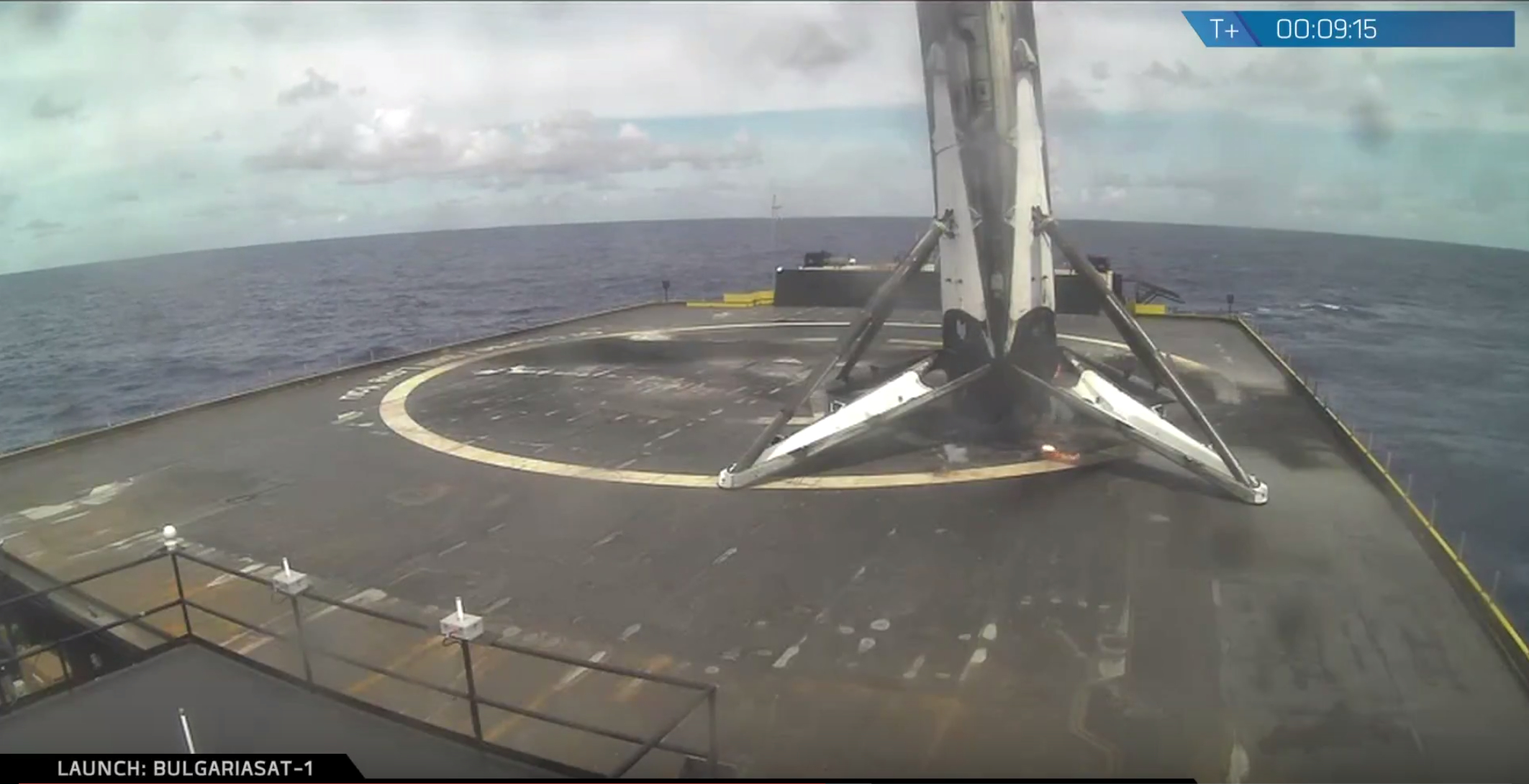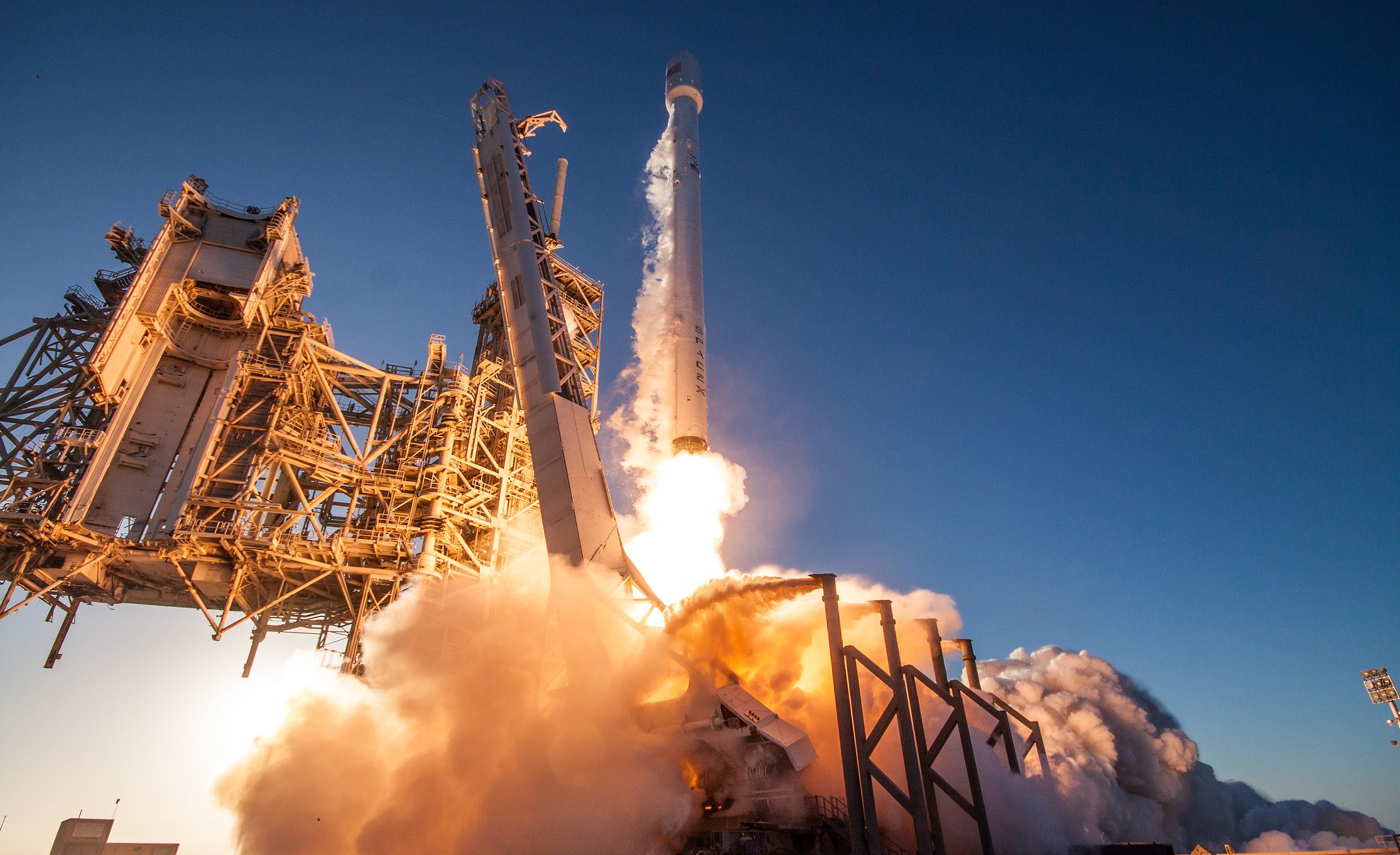SpaceX’s Next Launch is Still Nearly on Time in Spite of BulgariaSat-1 Delays
As first reported earlier this morning by James Dean of Florida Today and now officially confirmed by the launch customer Intelsat, SpaceX’s launch of Intelsat 35e has been scheduled for July 2nd at 4:36 p.m. PST.
A several day delay of the launch of BulgariaSat-1 from Monday to Friday of last week was logically assumed to mean that the launch of Intelsat 35e, previously scheduled for July 1st, would be delayed at least several days to allow for the necessary pad checks and repairs that occur after launches. In 2017, this pad flow has generally taken at least a full week, with a static fire occurring once the pad is ready, and a launch several days after that. Two weeks has so far been a relatively consistent minimum between launches from the same pad.
A launch from LC-39A on July 2nd would give SpaceX at most nine days from the launch of BulgariaSat-1 to ready the pad once more. Further, Intelsat 35e has a static fire scheduled as early as Thursday this week, six days after the pad’s previous successful launch. I previously wrote about SpaceX potentially conducting three separate missions within the course of two weeks and declared that such an accomplishment would be a massive accomplishment and proof of concept for some of SpaceX’s more lofty goals. Now it would appear that there is a possibility that SpaceX could launch three separate missions in as few as nine days.
Nine days is of course quite close to being a single week, and successfully pulling off what is now officially scheduled would lend unassailable credence to a previous SpaceX goal of regular, weekly cadence by 2019. In fact, three launches in nine days from two separate pads almost makes regular weekly launches from two separate pads appear imminently in reach for the company, possibly even earlier than 2019.
Intelsat 35e will become the largest communications satellite SpaceX has ever sent to orbit, weighing in at ~6000 kilograms. Designed to last at least 15 years in geostationary orbit, it is expected that SpaceX will attempt to place the satellite into a higher energy geostationary transfer orbit in order to reduce the amount of time it takes the commsat to reach its final planned orbit. This translates to an expendable Falcon 9 Full Thrust that will pushed close to its payload and orbit limits. While it is now somewhat sad to see a Falcon 9 first stage unable to attempt recovery, this will still be a thoroughly exciting launch, especially considering the impressive mass of the satellite.

Another successful recovery for 1029 on June 23, 2017. Note the dramatic lean and differing angles of the legs on the left, courtesy of a very hard landing. (SpaceX)
SpaceX’s constant iteration of Falcon 9 vehicles meant that Intelsat 35e did not have to wait for Falcon Heavy, as the current default version of the Falcon 9 (v1.2) has begun to overlap the original performance estimates for the first Falcon Heavy concept. Of note, the vehicles that launched last weekend have approximately double the lifting capacity of the original Falcon 9, which last flew in 2013.
The static fire for the launch of Iridium 35e is currently scheduled for this Thursday. Check back at Teslarati for confirmation of that test as we find ourselves once more just a handful of days away from yet another SpaceX launch.











